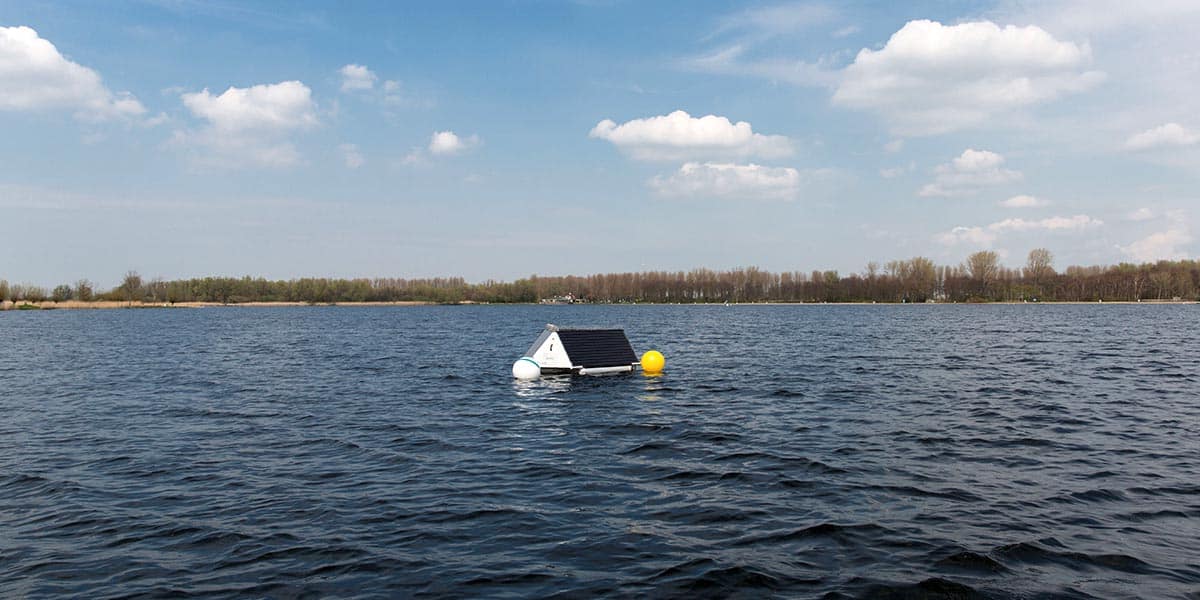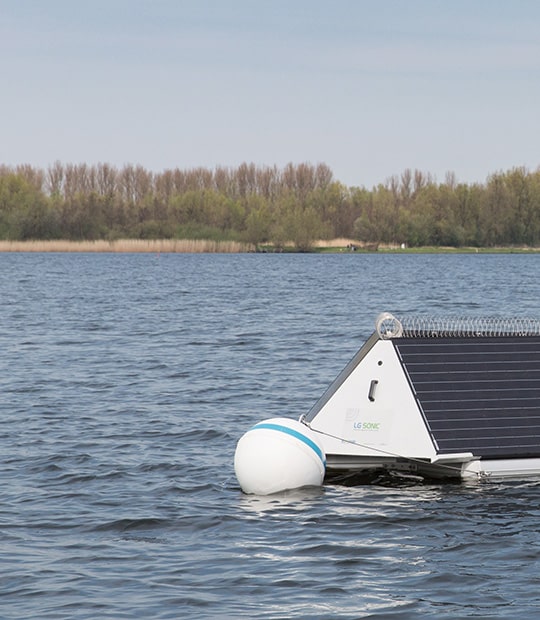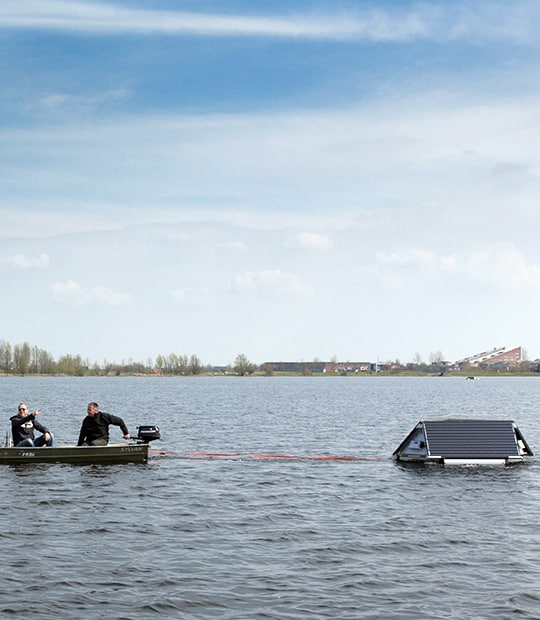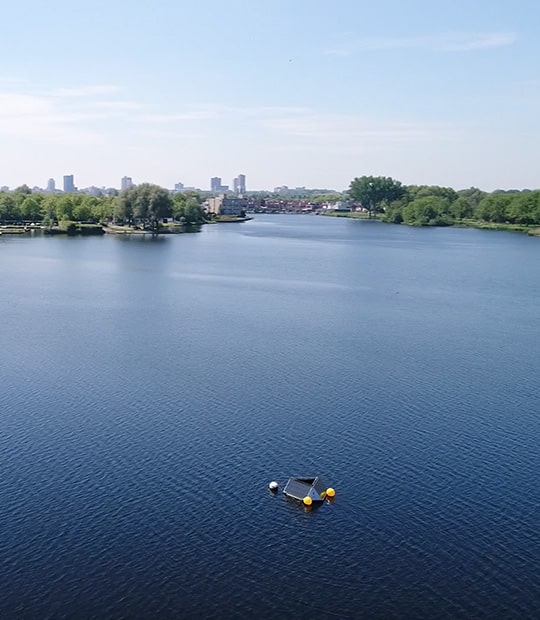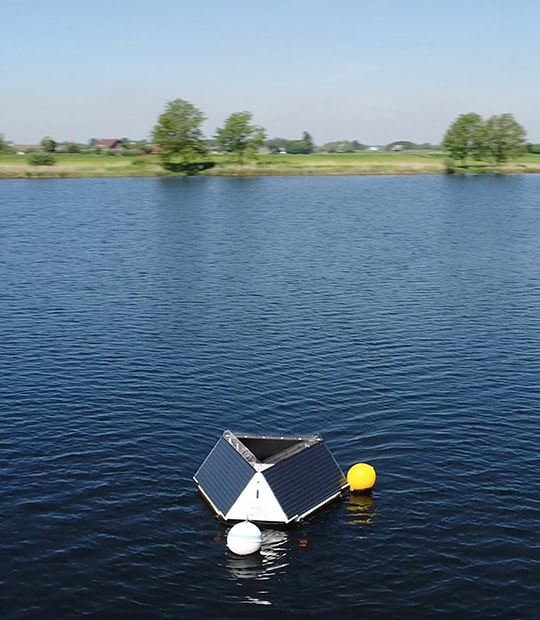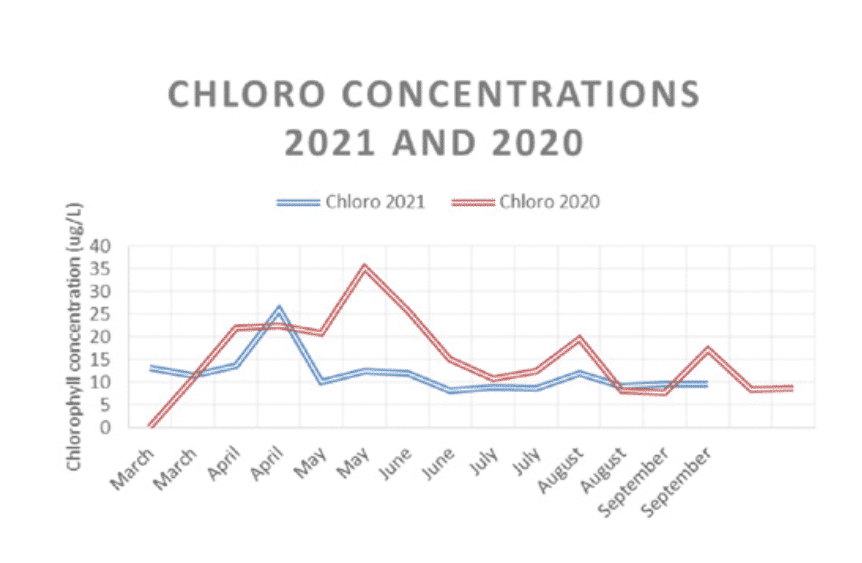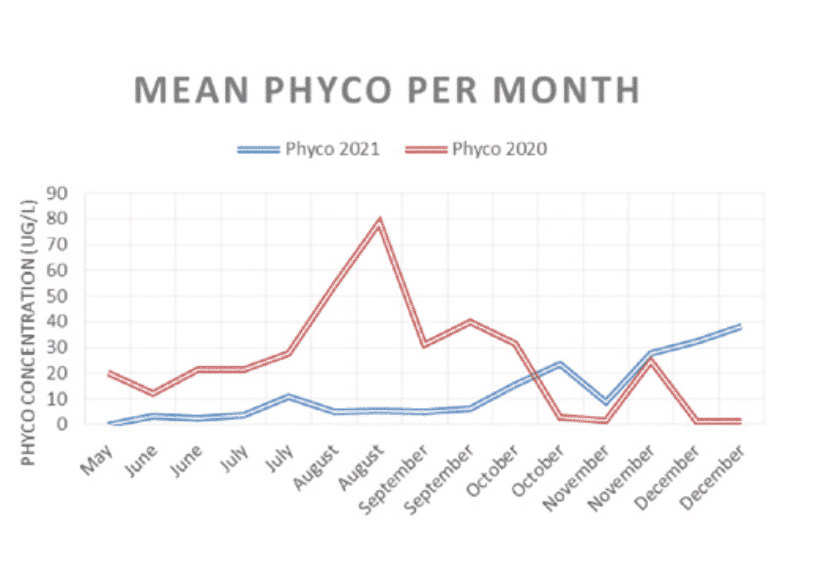Bloom prevention
In efforts to reduce blue-green algae blooms, the Zoetermeer Municipality, in partnership with the Rijnland Waterboard, deployed five MPC-Buoy units in Spring 2016 to monitor, predict and prevent excessive algae growth. Key water quality and algae metrics are monitored by the units, enabling a water body’s unique circumstances to be used to emit ultrasound at precise frequencies.
